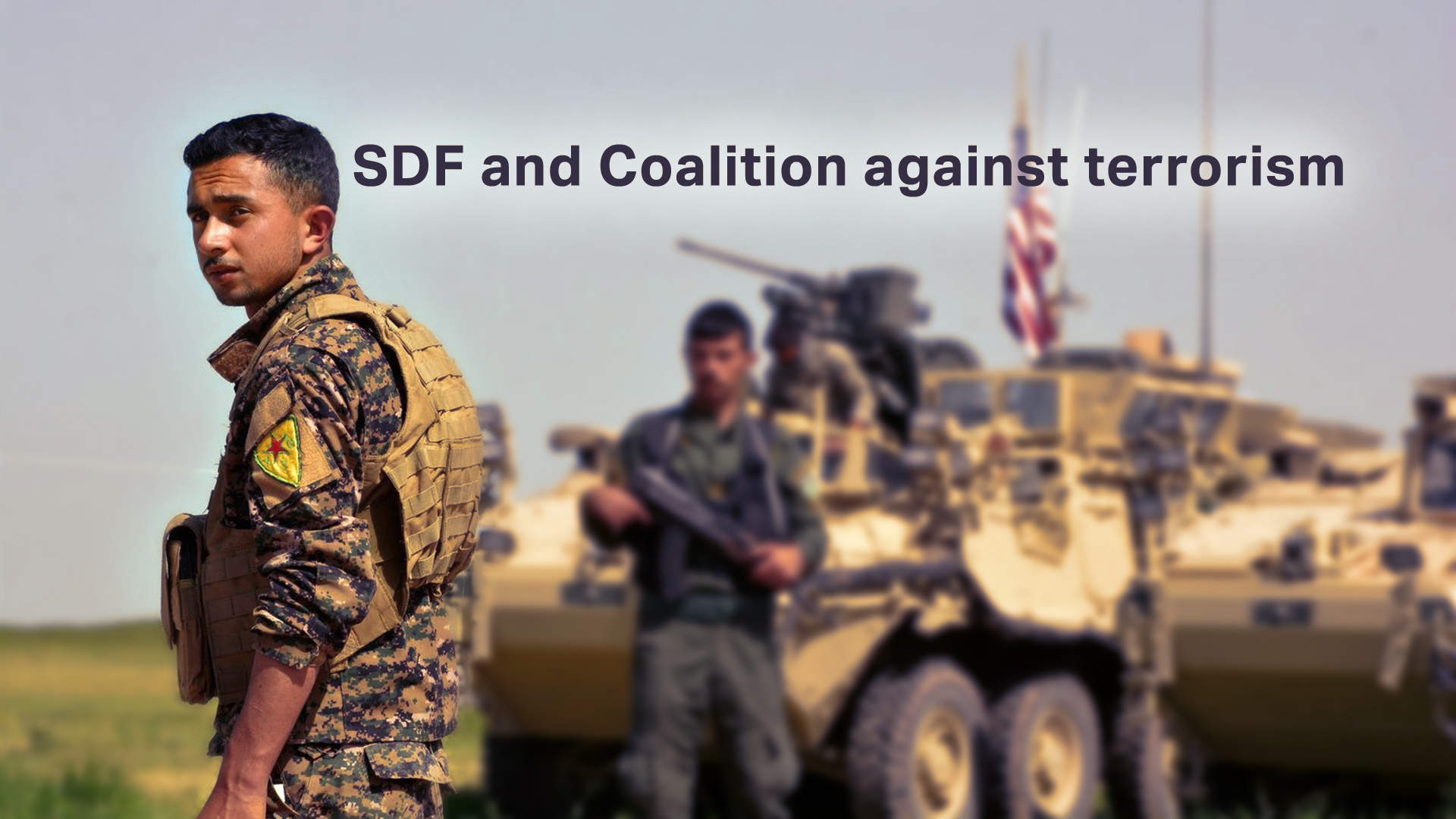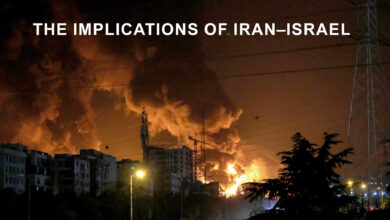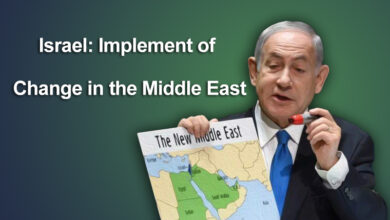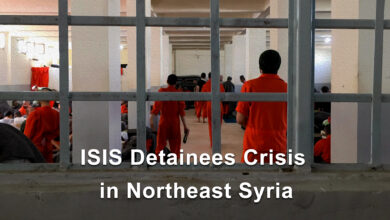SDF and Coalition against terrorism

Middle East is of great importance in the international arena on many levels, especially at the geopolitical and energy ones, to the extent that it can be considered the key to world domination. Based on this, the Middle East has been and continues to be the focus of the attention of many major powers, especially the US, Russia and China. In terms of geopolitics, obtaining an important position in this field will facilitate the achievement of the rest of the other strategic goals, not only in the region but at the global level as well. In terms of energy, there are many motives that control the American, Russian and Chinese moves, both in maintaining their areas of influence, or in order to gain access to the energy sources that are abound in the Middle East, or to secure the arrival of oil and natural gas supplies through that region. All of these factors made the Middle East an arena of clash and struggle among the great powers.
With the rise of Russia’s power again under the leadership of Putin after the collapse of the Soviet Union, the US began working to enhance its comprehensive power and seeks to strengthen its global position, and protect its strategic interests in many areas from the Russian expansion or the Chinese economic expansion “Belt and Road Initiative”, especially in the Middle East region. Despite the American military grip on the Gulf region, the weak side in preserving its interests lies in both Iraq and Syria. Iraq has become an unsafe area for the US forces due to Iranian influence and its military militias, the “Popular Mobilization,” which threatens the American forces and demands them to withdraw from Iraq. Therefore, the Kurdistan Region of Iraq became a safe haven for US forces in Iraq. As for Syria, and since the beginning of its crisis, the US has tried to establish a military force that can be relied upon to fight terrorism and find a foothold in Syria. It began with its project to form a military force from the Syrian armed factions in Turkey and the al-Tanf region to fight terrorist organizations. However, despite the logistical, financial and military support, this project failed as a result of the association of these factions with external parties and that they were not trustworthy, in addition to the transformation of all these factions into terrorist organizations, where they were finally blacklisted, so it was necessary to rely on an alternative force that could be relied upon in the fight against terrorism, which led the US to move towards The People’s Protection Units (YPG) in north and east Syria, which later turned into the Syrian Democratic Forces (SDF), which included all the communities of the region, and this cooperation resulted in an American-Russian understanding on making the Euphrates River the dividing line between the two forces. This force, with the support of the US-led Global Coalition was able to defeat ISIS. This force, which has become a major national force on the Syrian geography, especially after it became an organized and trained force with a number of more than 100,000 fighters, is involved in protecting the Autonomous Administration areas from terrorist organizations and to ensure security and stability for more than four million citizens of all communities of the Syrian people.
The fact that the US made the SDF a partner in the fight against terrorism did not come from a vacuum, but rather from the following facts:
- The success of the YPG in confronting ISIS and protecting its areas from terrorist organizations.
- The transformation of the YPG into a national force – the SDF – that is far from extremism and includes all communities of the Syrian people, and this is what made the US more adherent to it and increase its military support and allocate part of its budget to it.
- The US military presence in the region has become necessary to prevent Iranian expansion in the region, and this requires the continuation of its partnership with SDF. Also, impeding the growth of Chinese influence on the grounds that Syria is the gateway to the East “China” on the Mediterranean, and constitutes a major route for energy sources, especially gas from the Gulf states to Europe in the event that projects are implemented to transport gas and oil to Europe.
- The danger of ISIS and its return again along with its sleeper cells still exists, and this requires more support for the SDF and the development of their combat and security capabilities in pursuing ISIS cells in the region and preventing its return.
- The American presence in the region hinders the attempts of the Syrian regime and its allies to restore their control over the region and to practice an authoritarian policy similar to the policy that was followed before the crisis.
In his first address to State Department employees in Washington, the US president, Joe Biden, revealed the outlines of the new US diplomacy, particularly on the issues of the Middle East and Russia, saying “America is back. American diplomacy has returned to the region,” and pledged to “build new international alliances” while firmly confronting Russia and China. Therefore, the conflict between the US on the one hand, and Russia and China on the, and in front of Iranian and Turkish expansion in the Middle East, makes the US more adherent to its areas of influence and its allies in any region of the Middle East against the countries that pose a threat to its global hegemony. However, the danger that threatens that relationship lies in the continuous Turkish threats to the Autonomous Administration areas and how the US deals with Turkey in maintaining relative peace and stability in northeastern Syria.




